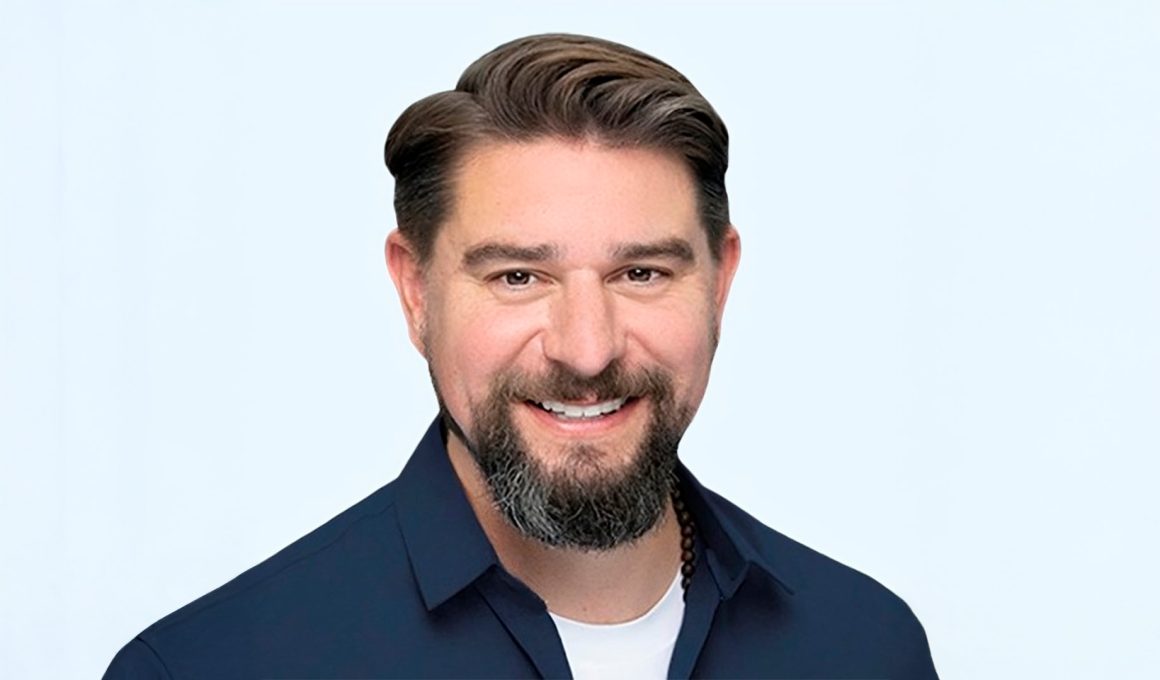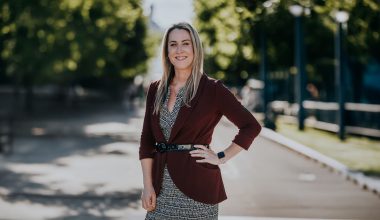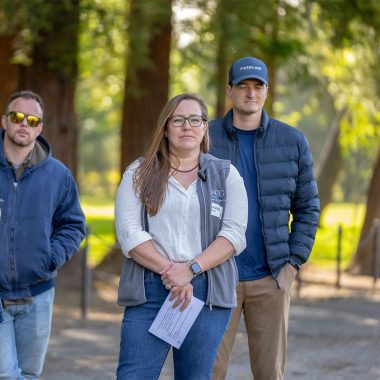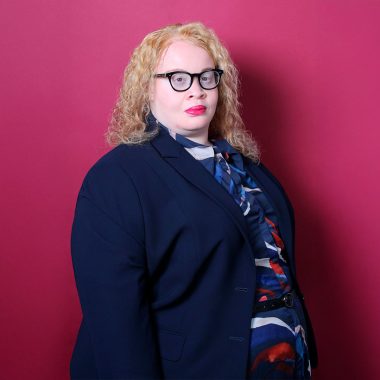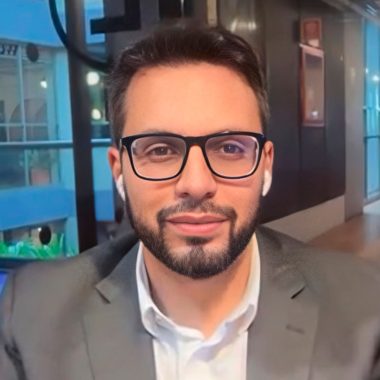Change is one of the few constants in business, and nowhere is that more apparent than in the multifamily housing sector. Whether organizations are modernizing their systems, responding to shifting markets, or integrating new technologies, they often face the same challenge: maintaining performance while adapting to new realities.
Multifamily housing, a cornerstone of both urban and suburban living, refers to residential developments designed to accommodate multiple households within one property, ranging from apartment buildings and townhome clusters to mixed-income or affordable housing communities. It represents a complex ecosystem of operations, compliance, and community management that requires adaptability. Few understand this ecosystem better than Kevin A. Weishaar, who has led enterprise-wide transformations across both for-profit and nonprofit housing organizations. Drawing on over two decades of experience overseeing everything from property operations to HR, IT, and finance, Weishaar has built a career on aligning people, processes, and performance through times of disruption.
“The goal isn’t to avoid change. It’s to prepare your teams mentally for it. You have to instill the mindset that we’re ever evolving, and that self-improvement is part of how we operate,” says Weishaar, founder of Weishaar Strategic Partners. The advisory firm supports both for-profit and nonprofit housing operators as they navigate transformation. At Weishaar Strategic Partners, his team helps executives and organizations translate vision into executable plans through executive coaching, organizational consulting, and system optimization.
Aligning the Frontline and the Back Office
Operational change succeeds or fails on one factor: alignment. “The biggest missteps happen when there’s a disconnect between the people making the software or operational decisions and the people using them day to day,” he explains.
Weishaar’s career has put him face-to-face with the realities of large-scale operational rollouts that affect hundreds of site teams and residents. He recalls one particularly memorable example of how easily a well-intentioned innovation can go off track: an early software rollout that quickly went awry when a new digital inspection tool was introduced without adequate testing or training. “A single setting required staff to take 500 photos per move-out instead of five,” he says. “It shut down operations overnight. Maintenance teams lost confidence in the system before it even started.”
It was an experience that underscored the importance of methodical planning and real-world testing. “You need test environments and focus groups,” he advises. “Bring in people from the field, not just your tech or leadership teams. Those voices are what prevent costly misfires.”
Building Champions for Change
One of Weishaar’s signature strategies involves pairing early adopters with the most change-resistant employees during testing and rollout. “It’s powerful when the people who were skeptical become advocates,” he says. “You get both perspectives: the push for innovation and the practical reality check.”
He emphasizes that what may look like progress from the leadership side can feel like friction on the property floor. “Adding another login or platform might sound minor, but for someone managing applicants or emergencies, that’s one more delay,” Weishaar says. “Leaders have to understand that technology should make life easier, not harder.”
This people-first approach reflects the core philosophy of Weishaar Strategic Partners, which helps executives and teams align structure, systems, and leadership capacity to scale effectively.
Real-World Wins: From Failed Rollouts to AI Success
Weishaar’s work has led to some remarkable turnarounds that illustrate how thoughtful integration of technology can reshape daily operations. In the multifamily housing field, after-hours maintenance lines are often a source of burnout and inefficiency, with staff responding to countless non-emergency calls. Weishaar saw an opportunity to solve this with AI-driven support that could triage calls before they reached on-site teams.
Take his recent success introducing AI technology to handle these late-night maintenance calls. “In one case, an emergency line received a call in Spanish about renting the clubhouse for a birthday party at 2 a.m.,” he recalls. “The AI translated the call, responded in Spanish, and politely explained it wasn’t an emergency, then wished the caller happy birthday.”
What might have once triggered an unnecessary maintenance dispatch instead became a simple, automated resolution. The example became a lighthearted but powerful case study for his teams. “When people see how the tech actually saves time and improves their workday, resistance fades,” he says. “It’s not about forcing adoption; it’s about proving value.”
Keeping the Human in the Loop
Even as AI and automation reshape property management, Weishaar cautions leaders not to lose sight of human judgment. “AI can handle the calculations and communications fast, but it can’t interpret the nuances of a compliance rule or a housing program in Portland that changes every year,” he explains. “Leaders have to remain in the loop, verifying that what the AI produces fits their specific context.”
That philosophy has resonated across the industry. At recent executive briefings at RealPage and Yardi, Weishaar found that many large organizations share the same tension: how to innovate responsibly without compromising oversight. His advice to them is simple. “Let AI do the heavy lifting, but keep humans as the quality control. The personal touch still matters.”
From Implementation to Optimization and the Leadership Mindset for Sustainable Change
In any industry, operational transformation is a cycle of learning, refining, and improving. Each phase of change builds on the last, creating an operational culture that grows stronger with every iteration. “True success comes after adoption, when you optimize. You have to check in, see what’s working, what’s not, and whether the issue lies with the user, the process, or the software itself.”
While pressure from owners or funders to move quickly is understandable in a housing market where occupancy targets, compliance demands, and resident satisfaction define success, that urgency can still undermine long-term performance. “Everyone wants to jump to the next big thing, but you have to take full advantage of what you’ve already invested in,” Weishaar says. “Optimization is where you turn cost into capability.”
At the core of Weishaar’s philosophy is empathy paired with accountability, a balance that defines both his leadership and his firm’s consulting approach. “It’s not about being the loudest voice in the room,” he says. “It’s about listening to your people, making thoughtful decisions, and following through.” This mindset not only sustains performance but also strengthens organizational culture, turning operational change into an opportunity for lasting improvement.
Follow Weishaar Strategic Partners on LinkedIn for more insights.
